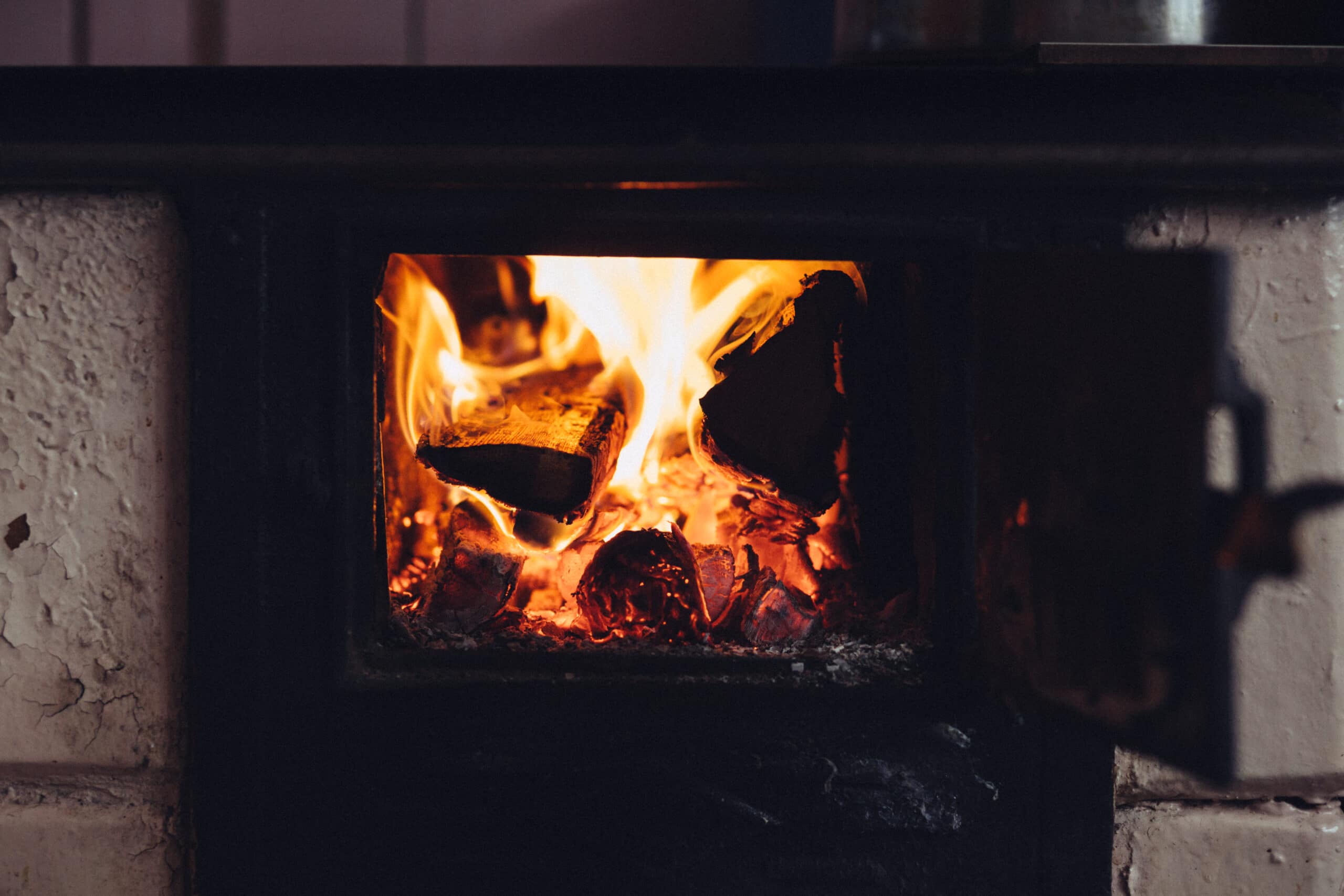
As you use your furnace this winter, you should be aware of the many factors that contribute to the efficiency of your heating efforts.
Whether you have a 20-year-old furnace with a low efficiency rating, or a modern, high-efficiency model with all the bells and whistles and smart features, you should be mindful of how to help your furnace achieve its maximum efficiency.
What is AFUE?
The first thing to understand about furnace efficiency is AFUE, or annual fuel utilization efficiency, a rating for heating systems that gives the homeowner an idea of how efficient a furnace is.
You will be lucky if your old-fashioned furnace gets an AFUE of 70 percent, while newer models in our region must have an AFUE of at least 80 percent. The AFUE rating means the furnace uses that percentage of its fuel to achieve a certain temperature over a period of a year.
Modern, state-of-the-art furnaces can now have an AFUE of close to 100 percent — that is, if they are installed correctly and all their efficient features are working right, they can utilize nearly 100 percent of their fuel to heat the home, and none is wasted up the flue.
Achieving Efficiency
The home must also be set up right for the furnace to achieve its maximum efficiency. That means these factors must be in place:
- well-sealed and insulated ductwork that does not lose heat in an unconditioned space
- airtight, well-insulated home, where warm air does not migrate into unconditioned spaces or outdoors
- right-sized furnace, neither too large nor too small.
When furnaces are too large — the most common occurrence –they short cycle, turning on and off repeatedly and never achieving the thermostat set point. When furnaces are sized too small, they run continuously and, again, never achieve the desired level of heating. Whether too big or too small, the wrong size furnace will cost you extra in fuel usage, and wear out parts before their time.
For more on maximizing furnace efficiency in your home, contact Jackson and Sons of Eastern North Carolina.
Jackson & Sons, Inc.
Our goal is to help educate our customers in Eastern North Carolina (including Wayne, Johnston, Greene, Lenoir, Pitt and Duplin Counties) about energy and home comfort issues (specific to HVAC systems).
Credit/Copyright Attribution: “freestocks”